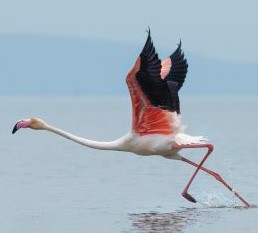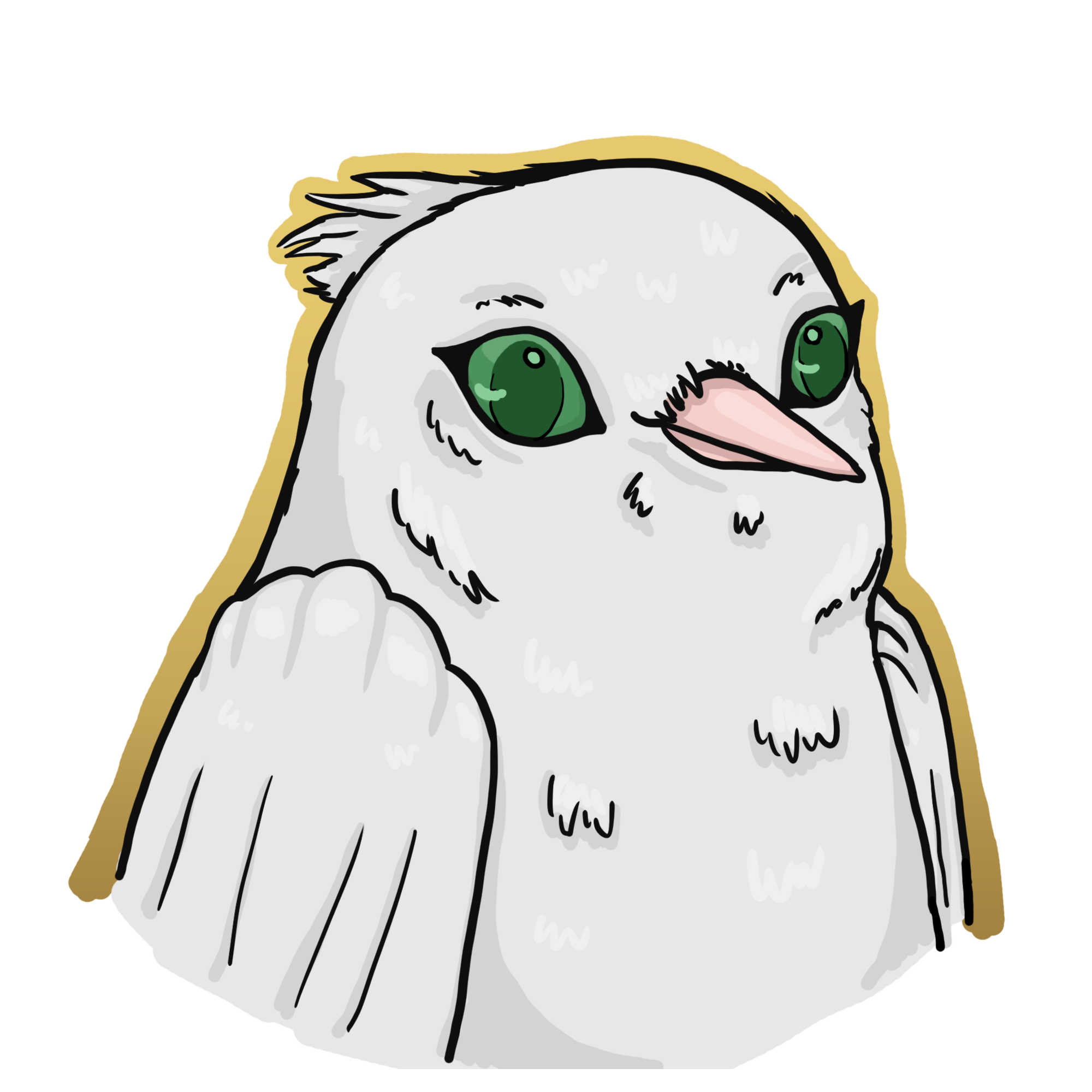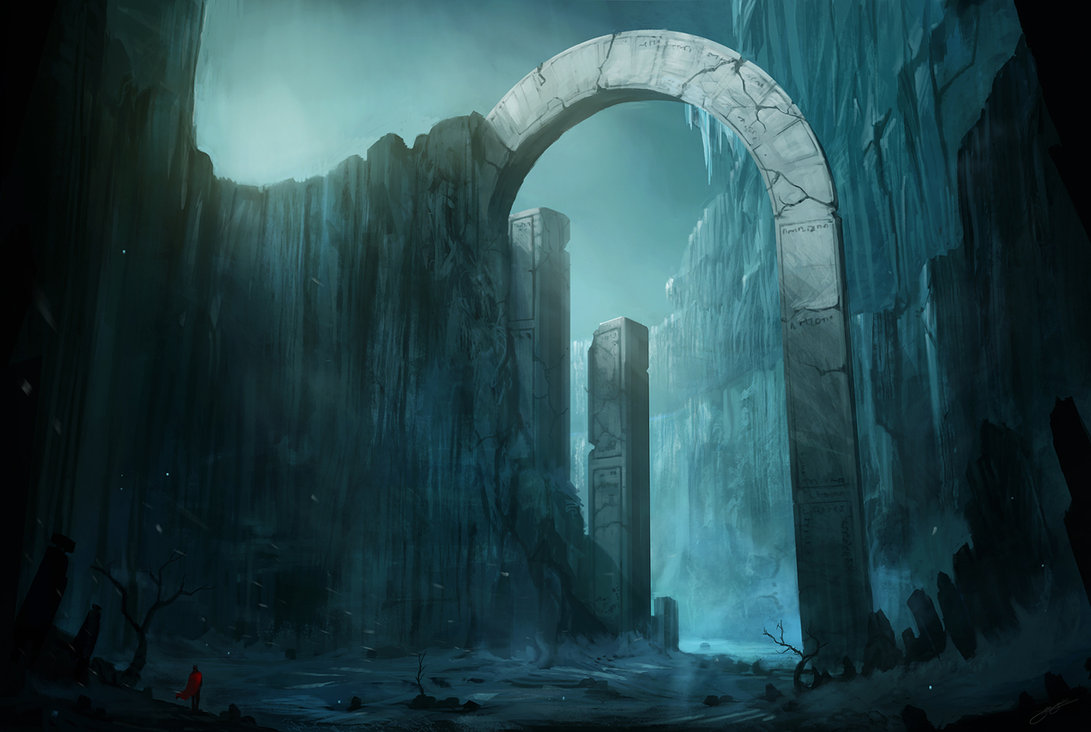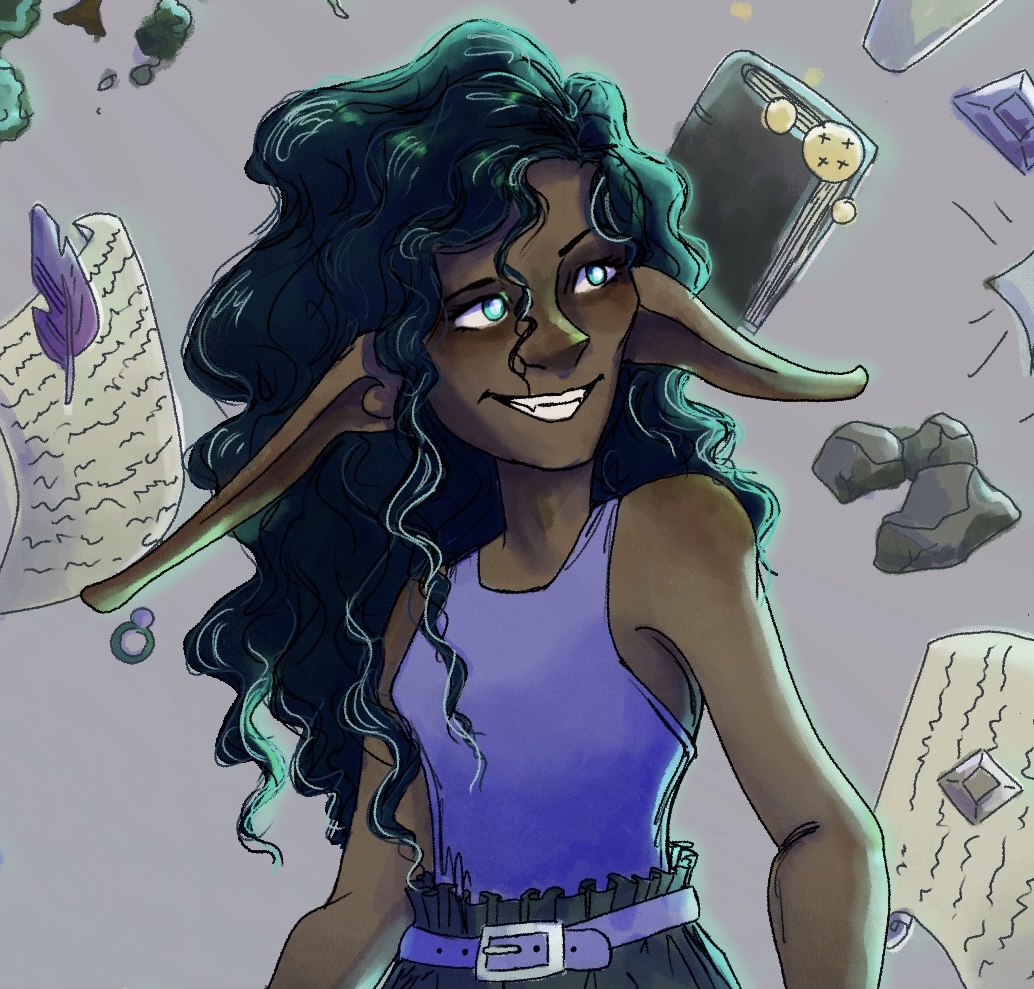There were dozens of 'em circling the ship. Just fins, flashin' through the waves. We could hear 'em, their teeth, their bodies, scraping against the hull. I've never been so scared in my life.— A ship's captain over drinks in the tavern
The
Grey Waters off the northern coast of
Serukis are the hunting grounds of the fearsome wolf shark. They stalk the ocean in packs of up to forty individuals and, if they are particularly hungry, will sink a
fishing vessel to get at the humanoids inside.
Lifespan
40-50 years
Average Weight
4500lb
Average Length
5.5m
Type
Shark
Anatomy
Wolf sharks are streamlined, muscular
fish, with large, powerful jaws and a pointed snout. Often, the only part of the shark visible from a ship is their sharp dorsal fin, which slices through the waves when the wolf shark is close to the surface. Wolf sharks also have rigid pectoral fins, which aid in steering, and a strong, upright tail that helps propel them through the water. Due to a quirk of anatomy, they are only able to swim forwards, as a backwards motion is impossible. On top of this, these sharks must keep moving, even whilst sleeping, or they will begin to sink. The constant movement also helps them to breathe by pushing oxygen-rich water through their five sets of gills.
All sharks are cartilaginous fish, meaning that instead of bone their skeleton is made up of strong, flexible cartilage. As cartilage is less dense than bone, it allows the wolf shark to move through the water with much less energy. As wolf sharks do not have an air-filled swim bladder like other fish, this lighter skeleton also helps them to remain buoyant in the water.
Wolf sharks have three sets of teeth, which constantly grow and are replaced throughout their life. The majority of their teeth have a serrated edge, used for tearing and cutting. Some, however, are much more pointed, allowing the wolf shark to grasp and hold onto their prey. The teeth of the wolf shark have been found to be up to ten times stronger than the teeth of other shark species. This is evident by the way they can bite through wood and metal just as well as flesh and bone. Ships that sail the Grey Waters often have to repair damage caused by curious wolf sharks, where the intent has been to test not to kill.
Did you see the bite marks on the hull? Any deeper and we'd've been sunk!— An unhappy sailor
The skin of the wolf shark is made up of thousands of tiny, tooth-like interlocking scales, known as placoid scales. These give the wolf shark's skin the rough texture of sandpaper.
Wolf sharks have an extremely keen sense of smell, able to detect one part per million of blood in seawater. As they get closer to their prey, however, they rely more on the electromagnetic fields of their prey, as they are able to sense this through receptors on their snouts. Whilst they have good eyesight, the eyes specially adapted to see in dark water, their vision is not as important when hunting as their other senses.
Reproduction and Young
During the summer months, wolf sharks head to shallower waters to breed. Whilst the females deliver the year's litter, male sharks fight for the right to mate. Only the strongest and most dominant sharks will be allowed to mate with the females once they have given birth. Due to this cycle, females spend most of their lives pregnant.
Wolf sharks mate by internal fertilisation. The male and female swim parallel to each other, and the male shark inserts an organ known as a clasper inside of the female's oviduct. The male shark often bites the female to keep her in place during the mating process; it is often possible to sex a wolf shark from the amount and position of the bite scars. Female wolf sharks have evolved thicker skin in response to this behaviour.
After a gestation period of around twelve months, the female gives birth to between three to five live pups. They do this in the shallow, rocky waters near the shores of islands, away from where the males are fighting for dominance. At birth, wolf shark pups are around 10cm in length.
Whilst the pups are free swimming and self-reliant from birth, the pack will remain in the shallow waters for several months whilst they grow stronger. At this age, the pups are easy prey for other predators, such as the
black osprey and the
dart eel. By mid-
autumn, surviving pups are strong enough to accompany the pack to deeper waters. Only about ten percent of pups survive to adulthood.
Habitat
Wolf sharks live in packs in the sea known as the Grey Waters, off the northern coast of Serukis. This is part of the Northern Ocean, though it is not often acknowledged as such. The Grey Waters are full of rocky islands and deep, cold water.
Packs of sharks have their own territory in this sea, and use some form of innate navigation to not venture outside of this. However, in times of hardship, packs of wolf sharks have been known to fight over territory. These battles are often short and bloody, with the winning pack claiming a chunk of their opponent's territory.
Wolf sharks make use of much of their underwater space, known to dive to depths of up to 3000m whilst on the hunt. During breeding season, the pack remains closer to the rocky islands nearer the coast in order to raise their young in the shallower water.
Diet
Wolf sharks are opportunistic carnivores; they hunt and eat a wide variety of prey. They hunt as a pack with deadly precision; scholars believe that they communicate with sounds that are beyond human hearing, but this theory has not been proved. Most often the sharks will herd large schools of fish into bait balls, where they can feed at their leisure. They also use teamwork to take down large
whales, often separating mother and calf for an easier kill.
The pups spend the first few months eating relatively easy prey, such as small fish,
squid,
starfish and
crabs they find amongst the rocks.
In times where food is short, wolf sharks will hunt and take down fishing vessels. Some packs seem to have developed a taste for humanoid flesh and will hunt ships for what appears to be fun.
Fishermen try their best to avoid the territories of these particular pack, though this is not always possible.
Cultural Significance
Wolf sharks, due to the danger that they pose to fishermen and others that sail the Grey Waters, are common dangers in stories and songs set on the ocean. They strike fear into the heart of most children, though some enjoy pretending to be sharks as they wade in the shallows.
Despite the dangers, specialised fishermen known as
wave stalkers hunt wolf sharks for a living. They use
ships with specially reinforced hulls to protect themselves as best they can, though this does not always work. A successful fishing trip wil yield two to three shark carcasses to bring back to port.
Wolf shark
meat is somewhat of a speciality in Serukis, where it can often only be afforded by the rich nobility. It plays a large role in the
Bounty of the Sea festival, and shark hunts increase in frequency and intensity in the month prior. Due to the difficulty of hunting wolf sharks, their is rarely exported outside of the country. Occasionally, salted or dried shark meat can be found further inland.
Wave stalkers sell most of the
hide they recover to
blacksmiths, to use in their craft. It is often used to wrap the grips of weapons, as the rough texture allows the wielder to maintain their hold even if their hands are sweaty or covered in blood. Occasionally, a noble will purchase some to have it tanned into
leather and made into a unique statement piece. Wave stalkers will often also keep some hide for themselves, as they enjoy fashioning pieces of clothing or accessories from it as a subtle way of proclaiming their profession.
Wolf sharks have a large, oily liver, which, along with their cartilaginous skeletons, helps them to remain buoyant in the water. This
oil has been found to be a rather effective fuel for
oil lamps, though due to the pungent, fishy smell and difficulty of harvesting it, only wave stalkers and other fishermen tend to use it.


















Great article again - really well put together, with a spot-on balance between written and visual information. Loved it :)
Thank you so much! :)
Explore Etrea